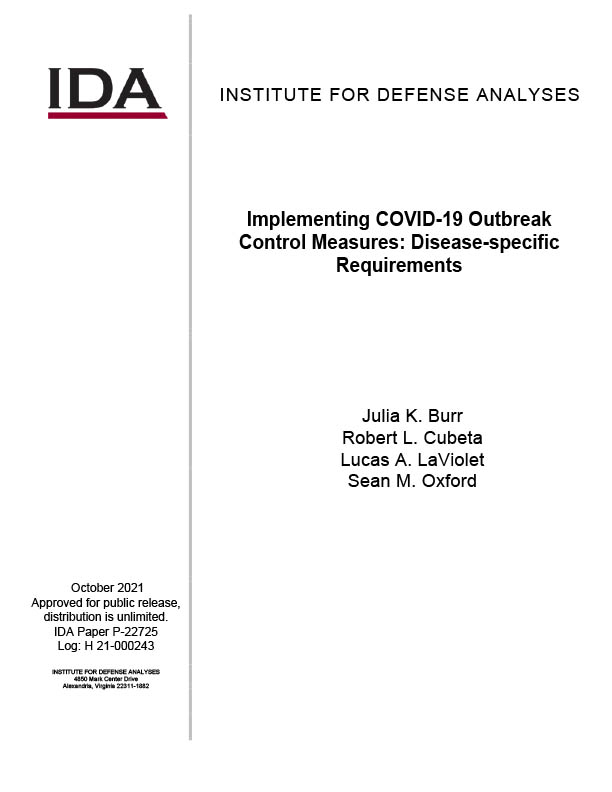In this presentation, we discuss the requirements and opportunities for using various measures to control outbreaks of COVID-19, and in particular explore the relationship between vaccine compliance rates in a population and the requirements for implementing other control measures. We begin by developing a profile of mean individual COVID-19 transmission over time that accounts for both pre-symptomatic and asymptomatic transmission. We then use that profile to determine the point in time, relative to both exposure and mean symptom onset, when an individual would, on average, transmit COVID-19 to one other person. Next, we assess the requirements for implementing control measures such that they would, collectively and on average, truncate transmission at or before that point in time. We consider a layered approach, beginning with vaccination and adding isolation, triggered by either symptom onset or as a result of diagnostic testing and finally quarantine. Our work shows that COVID-19 outbreaks cannot be controlled solely through isolation of symptomatic individuals, given the high transmissibility of COVID-19 combined with asymptomatic and pre-symptomatic transmission. Vaccines can overcome this challenge if they are sufficiently effective, and if compliance rates are sufficiently high. Yet if vaccine compliance rates remain low in certain regions, or if the effectiveness of vaccines is compromised by the emergence of variants, transmission of COVID-19 may continue or even increase. Should that be the case, our assessment shows that — assuming prompt isolation of symptomatic individuals continues — implementation of quarantine and/or population-wide diagnostic testing can cause an outbreak to wane.

